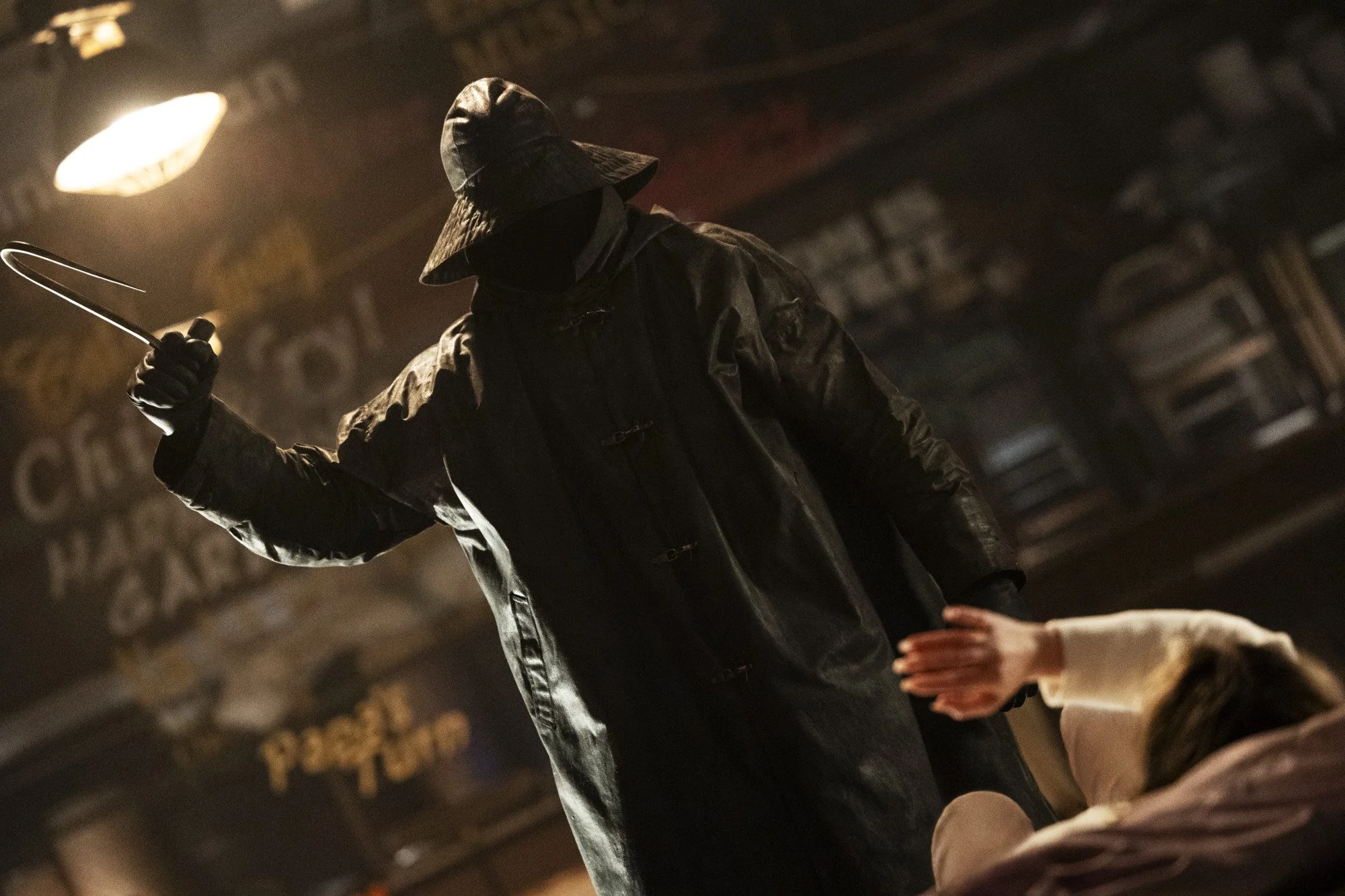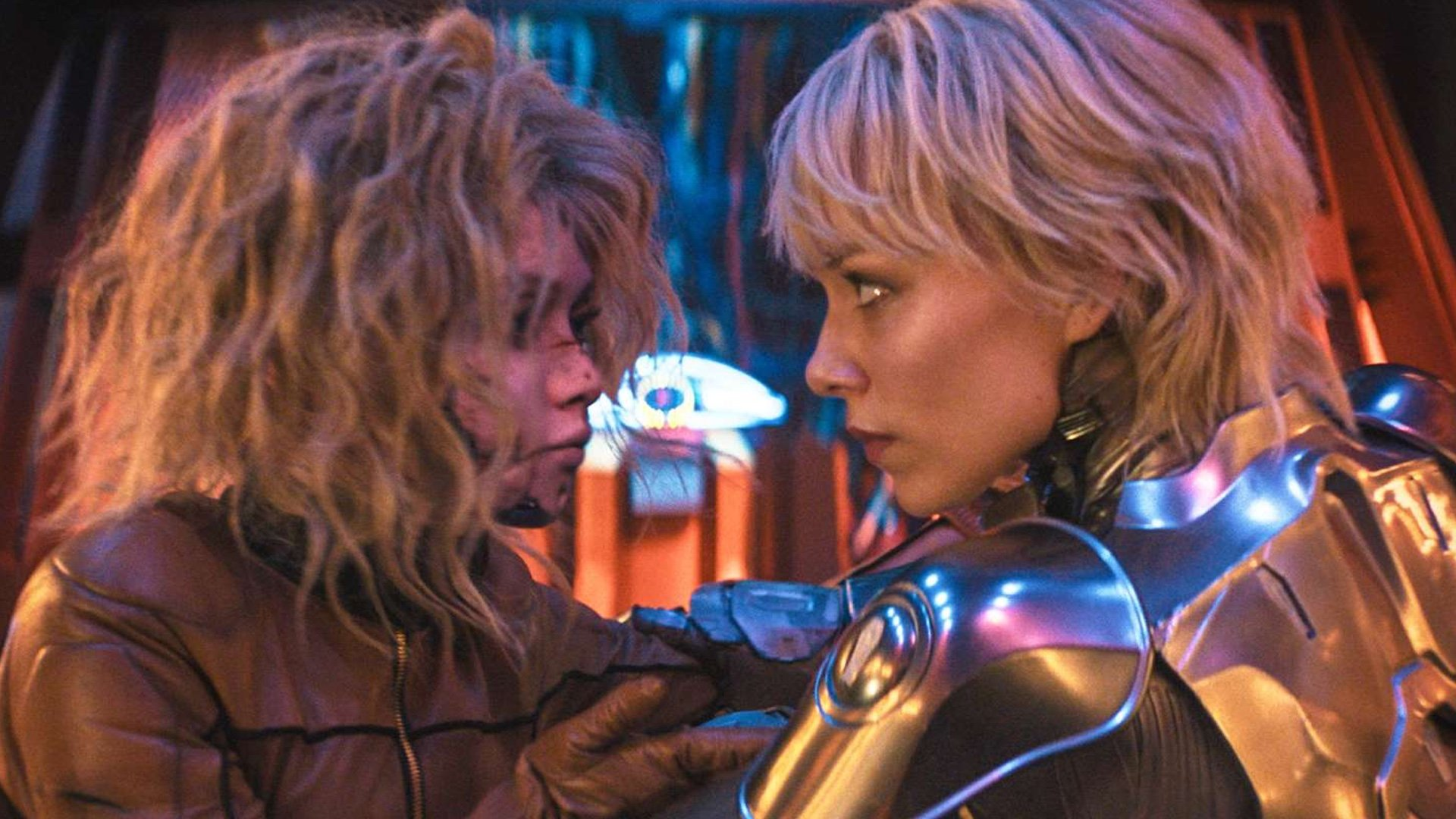Until Dawn Review
review
✦
review ✦
David F. Sandberg's Until Dawn (2025) attempts to translate the interactive horror of the 2015 video game into a cinematic experience. While the film introduces a compelling premise—a group of friends trapped in a time loop, facing escalating supernatural threats—the execution falls short of capturing the game's essence. The result is a film that, while entertaining at times, ultimately feels disconnected from its source material and fails to fully engage its audience.
A Concept with Potential
The film's concept is intriguing: five friends—Clover, Max, Megan, Nina, and Abel—venture into a remote valley to uncover the mystery behind a friend's disappearance. They find themselves trapped in a time loop, reliving the same night with different horrors each time. This setup allows for a variety of horror sub-genres to be explored, from slasher to supernatural, and the potential to expand its source material.
However, while the concept is promising, the film struggles to fully capitalize on its potential. Largely due to the notion that the film's horror sequences, though varied, often lack the impact needed to truly terrify the audience. Furthermore, the repetition of the time loop, rather than building tension, begins to feel monotonous, diminishing the overall suspense.
Disconnect from the Source Material
One of the film's most significant shortcomings is its departure from the elements that made the original game beloved. The game's strength lay in its character development and player agency, allowing choices to influence the narrative's outcome. The film, however, introduces new characters and a storyline that, while set in the same universe, diverges significantly from the game's narrative.
This shift has left some fans feeling alienated—and while the film attempts to honor the original through references and Easter eggs, it ultimately feels more like a rebranding than a faithful adaptation. Though, of course, when you’re developing something adjacent to a popular world like Until Dawn, it’s a tricky challenge to overcome. Points for effort!
Superficial Character Development and Emotional Depth
In the game, characters were deeply fleshed out, with players' choices affecting their fates and relationships. The film, however, presents characters who, despite the actors' efforts, lack the depth and development necessary to make their plights compelling. Outside of Clover, who’s looking for answers about her sister, the rest of the characters feel a little too bland or generic.
And even with most of the cast delivering competent performances, the script characterizes them in ways that don’t allow for deeper exploration. The result is a group of characters who feel more like timeless horror archetypes than fully realized individuals, diminishing the emotional impact of the narrative immensely. Which also makes the satisfying conclusion a little less impactful.
Passable Visuals and Stylistic Choices
Visually, the film is noteworthy, but still unremarkable. Until Dawn generally lacks the atmospheric tension that characterized the game—but it does strive to create a unique, contained setting. It’s just not what longtime fans or horror genre aficionados would rave over.
Still, the use of solid practical effects (like the Wendigo, bloody explosions, etc.) pays homage to the game's stellar horror components, some of which feel commendable. That being said, these impactful moments are few and far between, and the overall visual style does little to elevate the film beyond its genre conventions.
Score: 5.5/10
Until Dawn presents a fresh take on the original game's concept, but fails to capture the elements that made the game a standout horror title.







